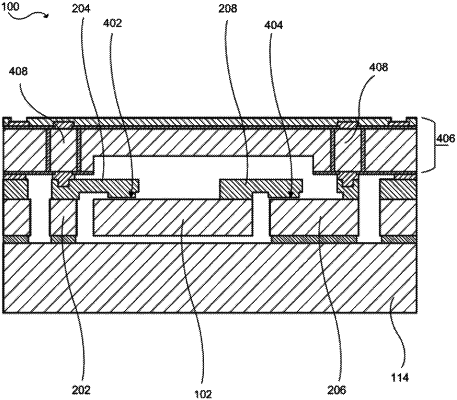| CPC H04R 1/46 (2013.01) [B81B 7/02 (2013.01); G01P 15/097 (2013.01); G01P 15/125 (2013.01); H04R 1/04 (2013.01); H04R 19/04 (2013.01); B81B 2201/0235 (2013.01); B81B 2201/0257 (2013.01); B81B 2203/0154 (2013.01); B81B 2203/04 (2013.01); H04R 2201/003 (2013.01)] | 27 Claims |

|
1. A contact microphone comprising:
a first proof mass;
a second proof mass;
a first sensing electrode;
a second sensing electrode;
a first sensing gap between the first proof mass and the first sensing electrode;
a second sensing gap between the second proof mass and the second sensing electrode;
a torsional tether configured to support the first proof mass and the second proof mass; and
a casing enclosing the first and second proof masses, the first and second sensing electrodes, and the first and second sensing gaps;
wherein the contact microphone has a vibration acceleration sensitivity of better than 100 μg√Hz.
|